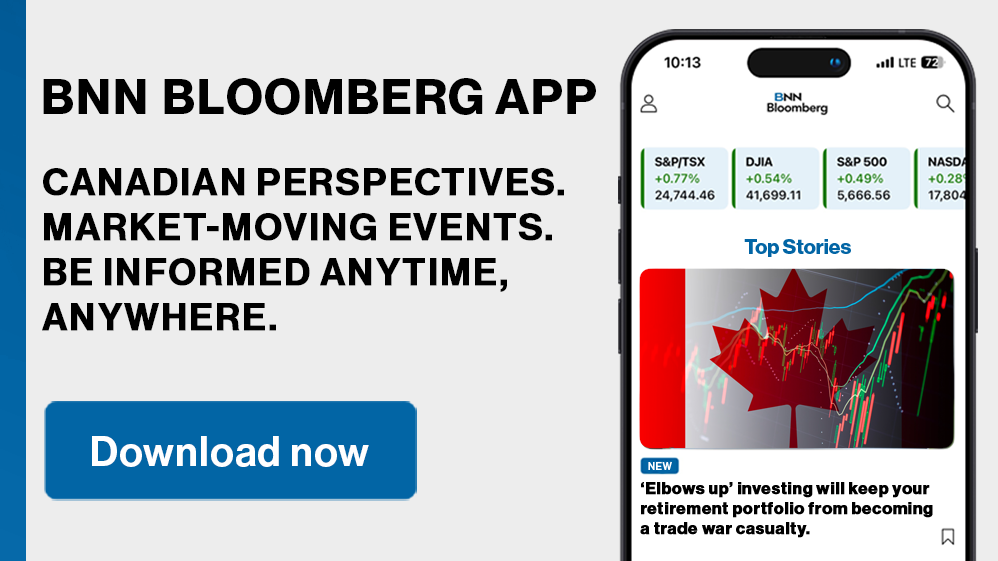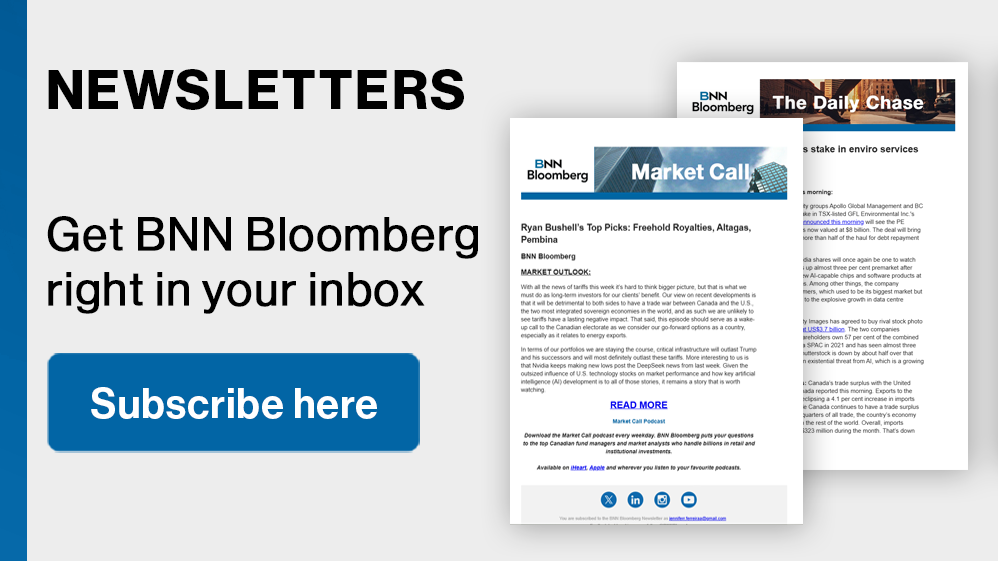The world’s largest asset manager is betting big on a growing breed of derivatives-powered ETFs that’s shaking up the art of active portfolio management.
BlackRock Inc. projects that so-called outcome-orientated exchange-traded funds will triple to US$650 billion in assets by 2030, fueled by growing financial-adviser adoption and changing market demographics.
The eye-catching figure, laid out in a whitepaper, underscores the faith BlackRock is placing in a corner of the ETF market that offers products that help investors hedge and diversify portfolios, while providing competition for traditional active managers across Wall Street.
Outcome ETFs come in all shapes and sizes. As the name implies, they deploy a variety of derivatives-fueled methods to achieve pre-determined investment goals, from capping losses on stocks in the event that markets drop to generating income on the way down.
It’s part of the broader boom in actively managed ETFs — a category now totaling $1 trillion for the first time this week.
“We’re seeing people complement what they’ve historically already been doing, but just doing it in the ETF vehicle,” said Bob Hum, U.S. head of factor and outcome ETFs at BlackRock, in an interview. “The innovation truly is the ETF wrapper that allows a democratization of access.”
Definitions of outcome ETFs vary but BlackRock classifies them as funds including income, buffer and accelerated strategies.
So far, only 10 per cent of advisers use such ETFs, based on BlackRock’s analysis that includes more than 20,000 adviser models, according to the whitepaper. That number is set to grow as they get more buy-in and as similar funds enter the sprawling world of model portfolios. Within the firm, the iShares Advantage Large Cap Income ETF (ticker BALI) and the iShares High Yield Corporate Bond Buywrite Strategy ETF (HYGW) — both income strategies — are in some of their income-focused model portfolios.
“There is still that learning curve on understanding these products,” Hum said. But “we’re seeing more and more model clients starting to allocate to these products for risk management.”
Putting it simply, income strategies — more commonly seen as covered calls or buywrites — enhance the income of the underlying assets. Meanwhile, buffer offers a level of protection over a time horizon and accelerated strategies allow investors to double or triple their returns, but up to limit.
The overall outcome cohort, based on the firm’s estimates, was among the fastest growing segments in 2024, jumping 58 per cent from the prior year. BlackRock currently has 12 ETFs under the umbrella with around $2.5 billion in combined assets.
Derivatives-based ETFs, a once-niche corner of the market, have boomed since 2019 when U.S. regulators eased constraints for launching new funds. Just in February, 54 per cent of the new ETF debuts utilized them in some way or form, data compiled by Bloomberg Intelligence show. Around 30 per cent of allocators based on an ETF survey by Brown Brothers Harriman expect to invest in buffered products over the next year.
But as their popularity grows, so do their critics. AQR Capital Management is one of them. New research from the quant manager argues that so-called buffer strategies deliver lower returns with more risk than simpler, vanilla alternatives.
To Hum, it’s all about educating investors and clients about the products that are suitable for them.
“As an industry, we need to get better at making sure that we have clear delineations of what the objectives are for those products and why should a client use them.” he said. “And when not to use them.”
Isabelle Lee, Bloomberg News
©2025 Bloomberg L.P.

